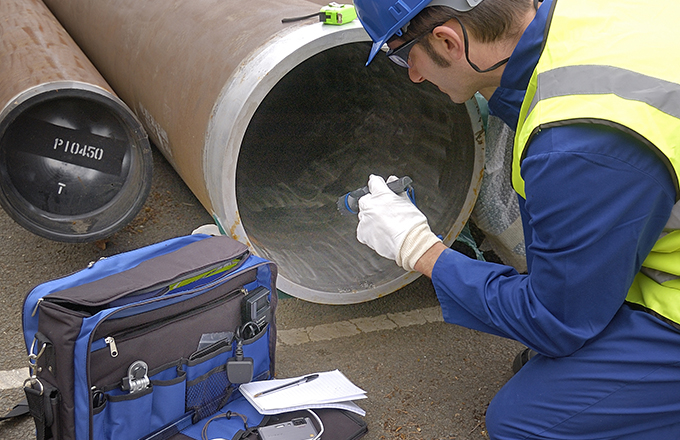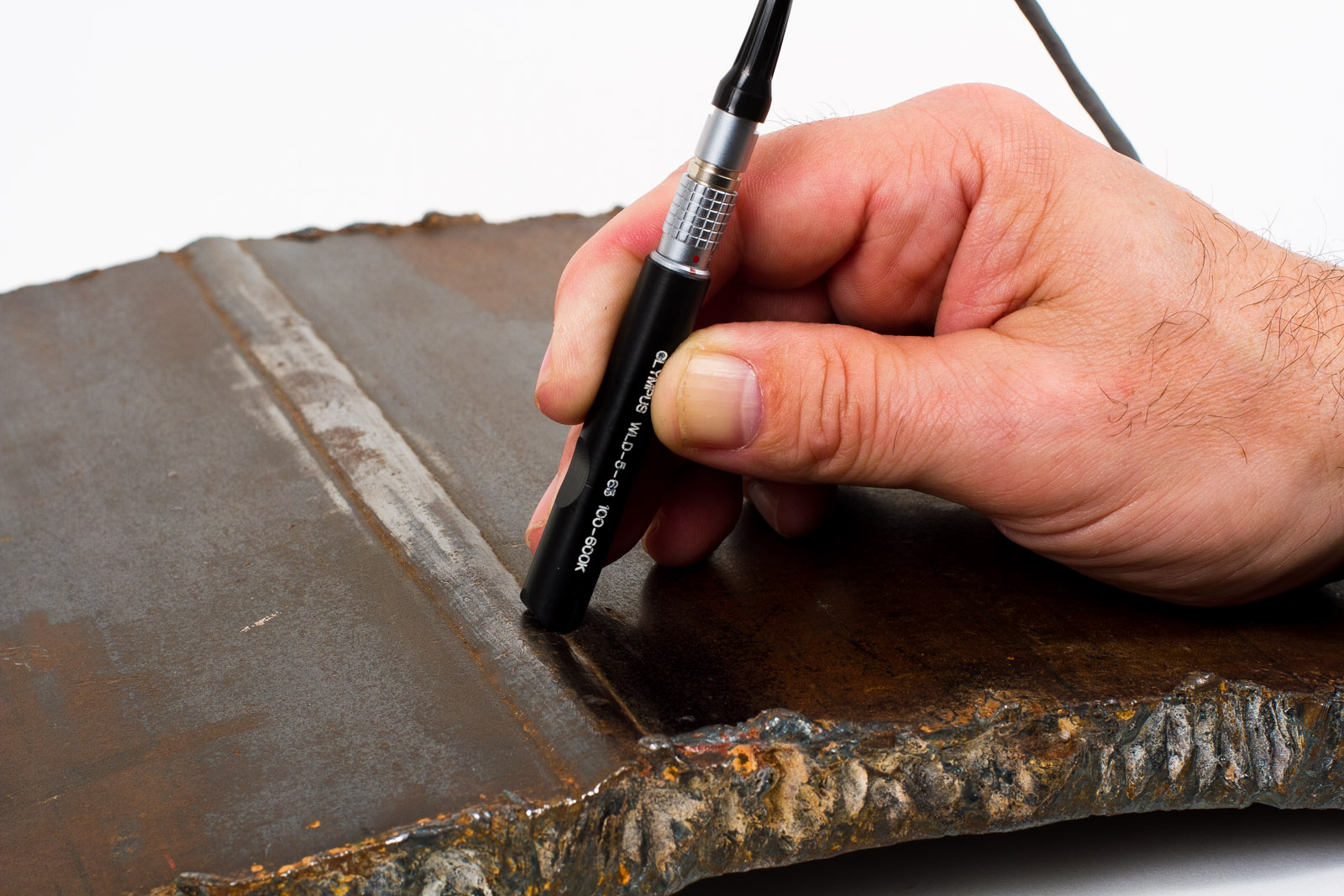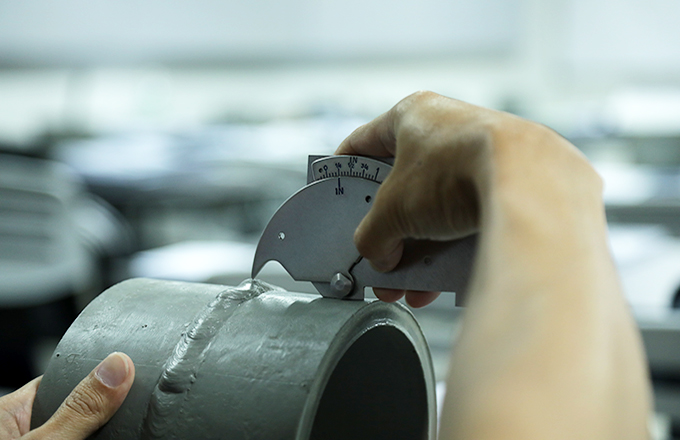Reliable Welding Inspection Gilbert Arizona: Trick Variables to Take Into Consideration for Optimum Results
Reliable Welding Inspection Gilbert Arizona: Trick Variables to Take Into Consideration for Optimum Results
Blog Article
A Comprehensive Overview to Welding Evaluation: Comprehending Standards, Techniques, and Finest Practices for Quality Control

Welding inspection plays a pivotal role in making certain the structural stability and safety and security of welded components, requiring a detailed understanding of industry standards such as those developed by AWS and ASME. As we discover these critical components, it comes to be evident that the ramifications of welding examination prolong far past compliance, welcoming a better exam of just how these processes shape market standards and methods.
Value of Welding Assessment
Welding evaluation plays an essential duty in ensuring the integrity and safety and security of welded structures. It is a crucial process that validates that welds adapt predefined specifications, which is essential in numerous sectors, consisting of building, auto, and aerospace. By carrying out comprehensive evaluations, prospective defects such as splits, incomplete fusion, and porosity can be determined early, avoiding disastrous failures that could result in crashes or costly repairs.
The relevance of welding evaluation extends past mere conformity with guidelines; it also cultivates depend on with stakeholders. Customers and regulatory bodies expect guarantee that the frameworks they depend on are constructed to endure functional stress and anxieties. Moreover, reliable welding inspection practices add to long-lasting sturdiness and efficiency of the frameworks, eventually resulting in minimized maintenance prices.
In addition, welding evaluation promotes a culture of top quality within organizations, motivating adherence to best practices and continuous improvement. By incorporating examination processes right into the welding process, business can enhance their online reputation and develop themselves as leaders in quality control. Finally, the value of welding inspection hinges on its capacity to protect lives, make certain architectural reliability, and copyright industry standards, making it an important aspect of welding operations.
Secret Sector Criteria
Making sure conformity with essential industry criteria is important for keeping the quality and safety and security of bonded frameworks. Numerous companies develop these requirements to promote best methods in welding and assessment. Among one of the most acknowledged are the American Welding Society (AWS) and the American Culture of Mechanical Engineers (ASME), which provide detailed standards and requirements for welding processes and evaluation requirements.
AWS standards, such as AWS D1.1 for structural welding, synopsis demands for materials, design, and testing to guarantee the integrity of welds. Similarly, ASME codes, including ASME Section IX, control the qualification of welders and welding procedures, making sure consistent quality in industrial applications. Internationally, the ISO 3834 basic stresses top quality demands for blend welding, offering a structure for organizations to show conformity with international best techniques.
Conformity with these criteria not only boosts the dependability of welded frameworks however also alleviates risks related to structural failures. Furthermore, adherence to industry criteria is frequently a requirement for governing approvals and can significantly influence job specifications. Inevitably, understanding and carrying out these key criteria are vital for efficient welding assessment and quality control.
Evaluation Techniques Overview
Reliable welding examination counts on a selection of methods made to analyze the high quality and stability of welds. These methods can be generally categorized right into non-destructive and damaging screening (NDT) methods. Non-destructive testing strategies, which are extensively favored in the industry, enable the analysis of welds without endangering the stability of the product.
Amongst the most frequently utilized NDT methods are aesthetic evaluation, ultrasonic screening, radiographic screening, and magnetic bit screening. Visual examination is usually the very first action in the examination process, enabling examiners to recognize surface flaws and assess weld bead profiles.
Each technique has its very own benefits and limitations, making it important for examiners to choose one of the most appropriate approach based upon the specific needs of the project, the products entailed, and the criticality of the welds being checked. This careful option guarantees thorough analyses and promotes safety and high quality criteria in welding procedures.

Usual Problems and Their Effects
A complete understanding of common flaws in welds is essential for More Bonuses preserving structural stability and safety in bonded constructions. Welding flaws can substantially endanger the mechanical properties of the joint, bring about failures that might endanger both workers and equipment.
Typical problems include porosity, which manifests as tiny gas pockets caught in the weld metal, compromising the general framework. Splitting is an additional prevalent problem, usually resulting from fast cooling or inappropriate joint style, leading to stress focus that can result in tragic failings. Insufficient combination takes place when the weld metal falls short web link to properly bond with the base material, creating weak points that might cause splitting up under tons.
Various other significant flaws include undercutting, where the weld grain erodes the base steel, and slag incorporations, which can impede the weld's strength. Each of these issues has certain effects; for instance, porosity can lower ductility, while fracturing directly impacts tensile stamina. Identifying and understanding these problems during examination is crucial for executing rehabilitative steps and making certain conformity with industry requirements, ultimately securing the architectural honesty of bonded settings up.
Finest Practices for Quality Control
Applying ideal methods for quality control in welding processes is vital for attaining optimum results and reducing defects. One crucial method is the establishment of clear welding procedures that stick to industry requirements and requirements. These treatments need to consist of detailed guidelines concerning product option, joint preparation, and welding strategies to make sure consistency and quality.
Routine training and certification of welding workers are likewise important. Skilled welders who recognize the value of quality control are most likely to create sound welds. Furthermore, executing a robust examination program, including both aesthetic and non-destructive testing (NDT), can help determine problems early while doing so, permitting prompt restorative activities.
Documentation plays a crucial function in quality control. Keeping exact documents of welding repair work, criteria, and evaluations guarantees traceability and responsibility. Furthermore, utilizing advanced technologies such as automated welding devices can enhance accuracy and minimize the potential for human mistake - Welding Inspection Gilbert Arizona.
Finally, promoting a society of high quality within see page the company motivates workers to focus on quality in their work. By adhering to these best practices, organizations can improve the honesty of their welding processes, ultimately resulting in enhanced product quality and minimized prices connected with rework and repair services.

Verdict
To conclude, welding inspection plays a crucial role in ensuring the stability and safety and security of bonded frameworks. Adherence to key sector criteria, such as those developed by AWS and ASME, is necessary for efficient quality control. Using various evaluation strategies enables the recognition of typical defects, consequently reducing potential threats. By applying finest techniques, organizations can improve integrity, lessen upkeep costs, and cultivate depend on among clients, inevitably adding to effective welding operations.
In addition, welding inspection promotes a culture of quality within organizations, motivating adherence to ideal practices and continual renovation. In final thought, the significance of welding examination lies in its capability to safeguard lives, ensure architectural integrity, and promote industry criteria, making it an essential element of welding operations.
Among the most recognized are the American Welding Culture (AWS) and the American Culture of Mechanical Designers (ASME), which supply comprehensive guidelines and requirements for welding procedures and inspection requirements.
Ultimately, understanding and applying these key requirements are vital for effective welding assessment and high quality guarantee.
Efficient welding examination depends on a selection of techniques designed to evaluate the top quality and honesty of welds. - Welding Inspection Gilbert Arizona
Report this page